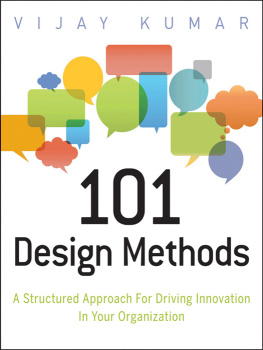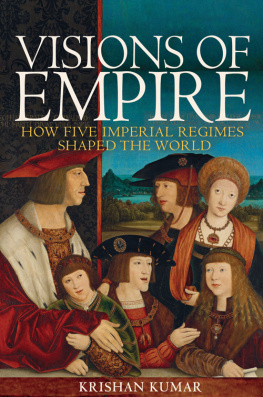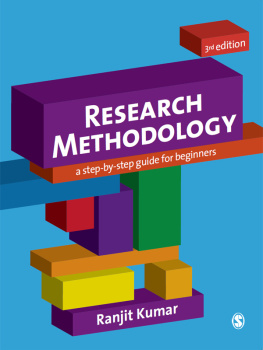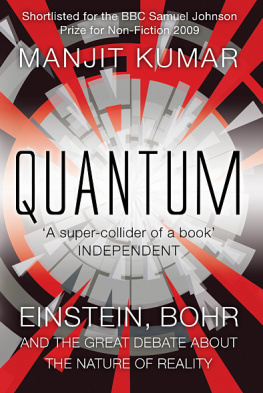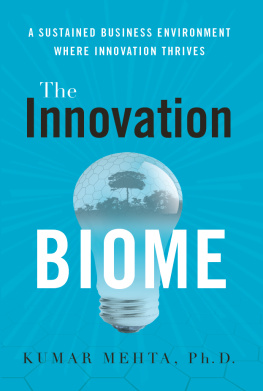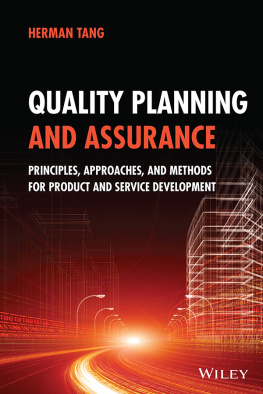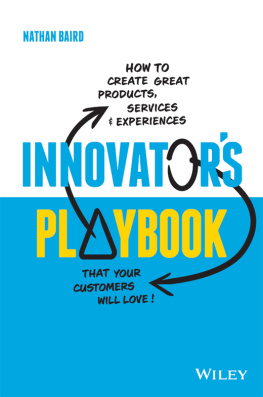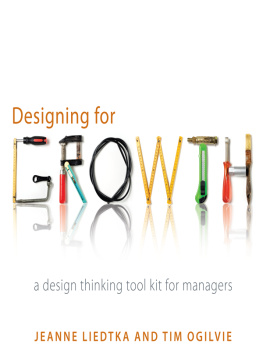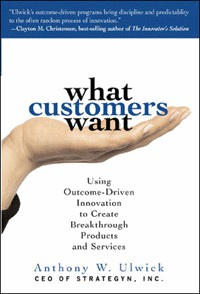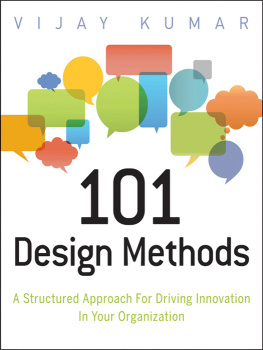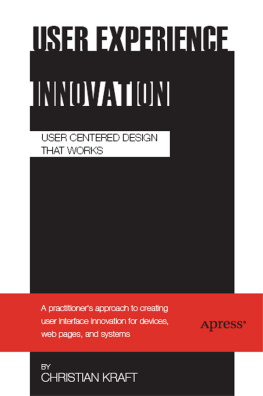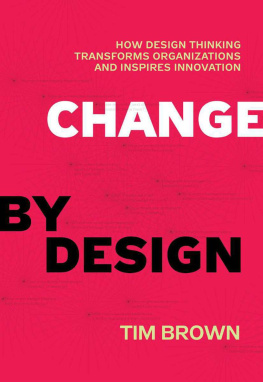Copyright 2013 Vijay Kumar. All rights reserved.
Published by John Wiley & Sons, Inc., Hoboken, New Jersey.
Published simultaneously in Canada.
No part of this publication may be reproduced, stored in a retrieval system, or transmitted in any form or by any means, electronic, mechanical, photocopying, recording, scanning, or otherwise, except as permitted under Section 107 or 108 of the 1976 United States Copyright Act, without either the prior written permission of the Publisher, or authorization through payment of the appropriate per-copy fee to the Copyright Clearance Center, 222 Rosewood Drive, Danvers, MA 01923, (978) 750-8400, fax (978) 646-8600, or on the web at www.copyright.com. Requests to the Publisher for permission should be addressed to the Permissions Department, John Wiley & Sons, Inc., 111 River Street, Hoboken, NJ 07030, (201) 748-6011, fax (201) 748-6008, or online at www.wiley.com/go/permissions.
Limit of Liability/Disclaimer of Warranty: While the publisher and author have used their best efforts in preparing this book, they make no representations or warranties with the respect to the accuracy or completeness of the contents of this book and specifically disclaim any implied warranties of merchantability or fitness for a particular purpose. No warranty may be created or extended by sales representatives or written sales materials. The advice and strategies contained herein may not be suitable for your situation. You should consult with a professional where appropriate. Neither the publisher nor the author shall be liable for damages arising herefrom.
For general information about our other products and services, please contact our Customer Care Department within the United States at (800) 762-2974, outside the United States at (317) 572-3993 or fax (317) 572-4002.
Wiley publishes in a variety of print and electronic formats and by print-on-demand. Some material included with standard print versions of this book may not be included in e-books or in print-on-demand. If this book refers to media such as a CD or DVD that is not included in the version you purchased, you may download this material at http://booksupport.wiley.com. For more information about Wiley products, visit www.wiley.com.
Library of Congress Cataloging-in-Publication Data:
Kumar, Vijay.
101 design methods: a structured approach for driving innovation in your organization / Vijay Kumar.
p. cm.
Includes index.
ISBN 978-1-118-08346-8 (pbk.); 978-1-118-33024-1 (ebk); 978-1-118-33088-3 (ebk); 978-1-118-33306-8 (ebk); 978-1-118-39218-8 (ebk); 978-1-118-39219-5 (ebk)
1. Technological innovations. 2. Organizational change. I. Title. II. Title: One hundred one design methods. III. Title: One hundred and one design methods.
HD45.K827 2012
658.4063dc23
2012009778
FOREWORD
The company I have the honor to lead is 100 years old this year. In the same 100 years, many companies had come and gone. So as we prepared to embark upon a celebratory year; we started thinkingwhy did so few companies thrive and why had so many faded away? The truth is, it isnt companies that survive against the oddsits ideas and innovation. Ideas and the nonlinear, iterative process of innovation have made the world a better placeand thats something to celebrate.
What we can observe by looking back is that very thoughtful moments in the companys history played a vital role in future decades success. And with this introduction I want to describe how Professor Vijay Kumar catalyzed in me and our company the power of solving very complex problems.
First, let me emphasize that I am happy to call Professor Kumar a great friend, and second that I am excited he has now published his lifes work in 101 Design Method s. Vijay is a well-respected teacher, author, and true thought leader about the design of innovation. I hold him in special reverence because he has made his mark in a very specific arena of building frameworks to spool innovative thinking and influence. Think of these frameworks as a toolkit for the deep thinking that is needed to solve the most vexing problems inside a business.
I appreciate the thesis of Professor Kumars work and see many parallels between what he has spent a lifetime studying and what he has written about in this book. I also see parallels with what I learned from him during my decade of serving on the Board of Advisors for the IIT Institute of Design.
My career with Steelcase is more than 30 years and I have been in the CEO seat for 18 of those years. In that span, Steelcase has transformed from a traditional manufacturer and the largest in its industry globally, to industry innovator around the world. We believe we are known as much for the insights behind our furniture as for the products themselves.
Many businesses aspire to be innovative. It is the key variable in profitable growth of most enterprise and a must-have for those in very competitive arenas.
In my early years in the CEO position I was allowed to sit in on a number of Professor Kumars lectures to our Board of Advisors at the IIT Institute of Design. I recall suggesting after one of these lectures that if we could get his thinking translated to the C-suite of organizations, they would flock to his perspective and these tools of how to solve very complex problems in their businesses. In fact this led me to develop an internal course at Steelcase called the Critical Thinking Model which was used as a tool for our employees to hold deep thinking in higher reverence and was later detailed in a Harvard Business Review article in April 2007. It is a common and shared platform we use to bind individuals and teams around the world in a common language and process for critical thinking. From this perspective we saw that we were becoming more than just good business peoplewe were becoming design driven. With Vijays perspective, among others, I can say it was a key step as part of our mission to cultivate a culture of innovation. When the link is made between the traditional quantitative world of the MBA and design thinking, I am certain that we are making unique progress in the world of innovation. It might be my proudest moment in this role.
These steps are broadly discussed and heavily focused on in the remaining pages of this book.
We are in a moment of highly publicized anguish about whether the future will be as promising as what the world had in its past. Books like 101 Design Methods become essential building blocks to getting the innovation mechanisms to work.
I suspect the methods will surprise and delight you just as they did me. And no greater endorsement can be given to a friend who rather than take me fishing, taught me to fish.
JAMES P. HACKETT
President and Chief Executive Officer,
Steelcase Inc.
ACKNOWLEDGMENTS
I had a wonderful group of people helping me with this book and I thank them all for their sincere support.
Hugh Musick (Associate Dean of the IIT Institute of Design) has been a partner to me throughout the book publication process. Knowing that this book with content like it will be a tremendous help for the design community, Hugh took early initiatives to provide me with the most helpful support system at the Institute of Design that let me start down the path of making quick progress. I am thankful for Hughs guidance on all aspects of the processadministration, coordination with the publishers, conducting research to fine tune the various methods covered in this book, and writing help.

